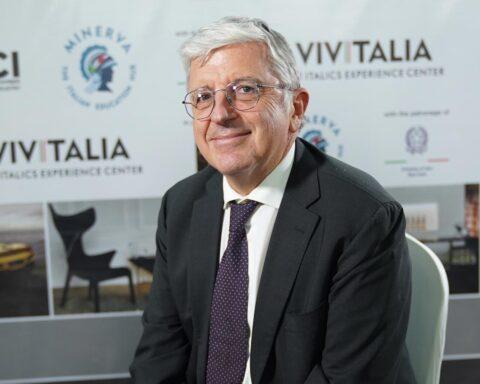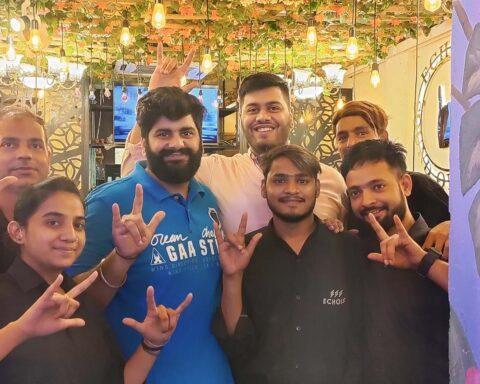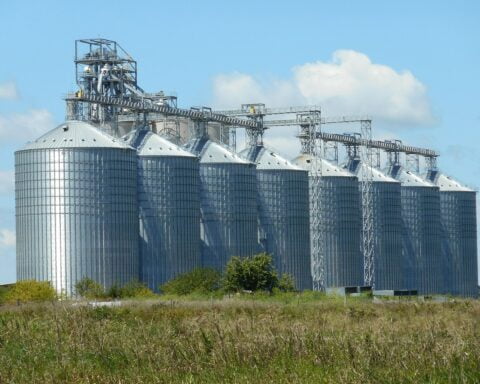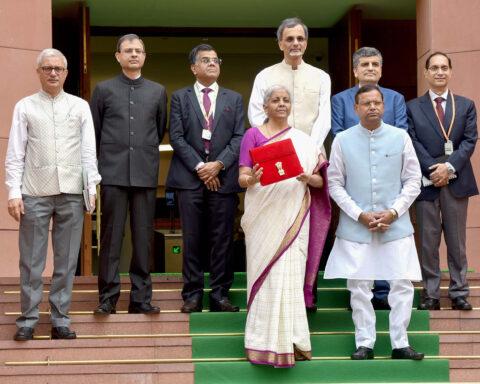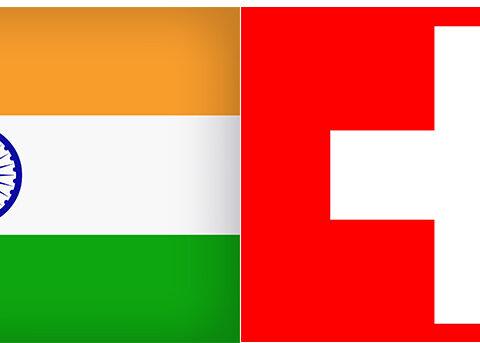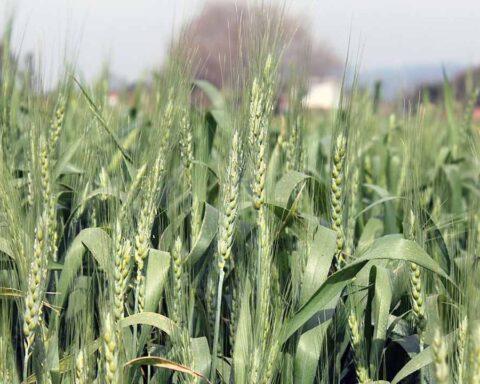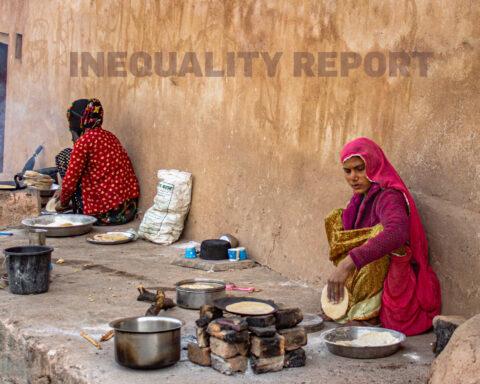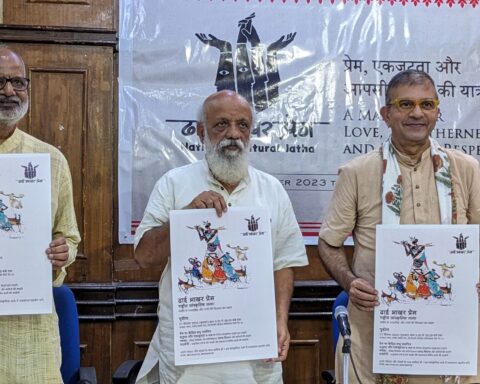 Bones – a cornerstone of Human Health, often overlooked in their daily importance, are essential to human health. More than just a framework for our bodies, they play a crucial role in sustaining life. Bones provide structural support, protect internal organs, and serve as reservoirs for minerals like calcium. Composed of collagen for flexibility and calcium phosphate for strength, bone tissue is durable and resistant to fractures. But bones are not passive; they are active participants in maintaining bodily homeostasis. Bone tissue exists in two forms: compact bone, which offers strength, and cancellous (spongy) bone, which houses marrow for blood cell production. In addition to their protective and structural functions, bones regulate vital processes like blood cell generation and mineral storage. In essence, bones are the foundation of our overall health, playing a pivotal role in our survival. From shielding vital organs to producing blood cells and storing essential minerals, bones are foundational to both our health and our longevity.
Bones – a cornerstone of Human Health, often overlooked in their daily importance, are essential to human health. More than just a framework for our bodies, they play a crucial role in sustaining life. Bones provide structural support, protect internal organs, and serve as reservoirs for minerals like calcium. Composed of collagen for flexibility and calcium phosphate for strength, bone tissue is durable and resistant to fractures. But bones are not passive; they are active participants in maintaining bodily homeostasis. Bone tissue exists in two forms: compact bone, which offers strength, and cancellous (spongy) bone, which houses marrow for blood cell production. In addition to their protective and structural functions, bones regulate vital processes like blood cell generation and mineral storage. In essence, bones are the foundation of our overall health, playing a pivotal role in our survival. From shielding vital organs to producing blood cells and storing essential minerals, bones are foundational to both our health and our longevity.
What role do bones play in a human body?
 Dr. Dhananjay Gupta: “Despite their lightweight
Dr. Dhananjay Gupta: “Despite their lightweight appearance, bones possess remarkable strength, supporting the body’s weight and withstanding daily stresses. For example: the skull safeguards the brain, the spine encases the spinal cord, and the rib cage protects the heart and lungs. The pelvis shields vital organs like the bladder, intestines, and reproductive organs in women. This intricate system of bone protection is essential for life itself.
appearance, bones possess remarkable strength, supporting the body’s weight and withstanding daily stresses. For example: the skull safeguards the brain, the spine encases the spinal cord, and the rib cage protects the heart and lungs. The pelvis shields vital organs like the bladder, intestines, and reproductive organs in women. This intricate system of bone protection is essential for life itself.
 Beyond their protective role, bones store calcium, which is released into the bloodstream to support cellular functions such as muscle contractions and nerve signaling. The inner network of bone serves not only as a structural component but also as the body’s blood factory, generating the cells that sustain life. Inside, bone marrow—rich in stem cells—produces red blood cells to transport oxygen, platelets for clotting, and white blood cells to defend against infections. Bones are not only structural pillars but also critical to the body’s blood production and mineral storage, ensuring the body’s overall health and longevity.”
Beyond their protective role, bones store calcium, which is released into the bloodstream to support cellular functions such as muscle contractions and nerve signaling. The inner network of bone serves not only as a structural component but also as the body’s blood factory, generating the cells that sustain life. Inside, bone marrow—rich in stem cells—produces red blood cells to transport oxygen, platelets for clotting, and white blood cells to defend against infections. Bones are not only structural pillars but also critical to the body’s blood production and mineral storage, ensuring the body’s overall health and longevity.”
How are muscles, joints and bones connected to each other? how do they contribute to bone health?
 Dr. Dhananjay Gupta: “Bones do not work in isolation, Muscles, Joints, and Bones have a Symbiotic Relationship. They are part of a larger system—the musculoskeletal system—that enables movement. Muscles, made of fibers capable of contraction, pull on bones at
Dr. Dhananjay Gupta: “Bones do not work in isolation, Muscles, Joints, and Bones have a Symbiotic Relationship. They are part of a larger system—the musculoskeletal system—that enables movement. Muscles, made of fibers capable of contraction, pull on bones at  joints, allowing us to perform a wide range of motions. The human body is equipped with three types of muscle tissue: skeletal muscle, which controls voluntary movements like walking and lifting; smooth muscle, which operates involuntarily to manage processes such as digestion and blood flow; and cardiac muscle, which powers the rhythmic contractions of the heart.
joints, allowing us to perform a wide range of motions. The human body is equipped with three types of muscle tissue: skeletal muscle, which controls voluntary movements like walking and lifting; smooth muscle, which operates involuntarily to manage processes such as digestion and blood flow; and cardiac muscle, which powers the rhythmic contractions of the heart.
Joints are the pivotal connections between bones, allowing for movement. Some joints, like those in the skull, are immovable, providing stability where it is most needed. Others, such as those in the spine, allow for limited movement. The most flexible and mobile joints—such as the shoulder and hip—offer the greatest range of motion, essential for daily activities and mobility.
 Contrary to popular belief, bones are not static; they are living tissue constantly undergoing a process of remodeling. This dynamic process involves three types of bone cells: osteoblasts, which build new bone; osteoclasts, which break down old bone; and osteocytes, which regulate the activities of both osteoblasts and osteoclasts. In youth, bone formation exceeds resorption, leading to an increase in bone mass. In adulthood, the two processes balance each other to maintain bone density.”
Contrary to popular belief, bones are not static; they are living tissue constantly undergoing a process of remodeling. This dynamic process involves three types of bone cells: osteoblasts, which build new bone; osteoclasts, which break down old bone; and osteocytes, which regulate the activities of both osteoblasts and osteoclasts. In youth, bone formation exceeds resorption, leading to an increase in bone mass. In adulthood, the two processes balance each other to maintain bone density.”
How to maintain healthy bones at all ages?
Dr. Dhananjay Gupta: “Largely, the trajectory of bone growth may be influenced by childhood choices, particularly physical activity and nutrition. Engaging in outdoor activities and high-impact exercises maximizes peak bone mass, which is established by age 17-18. Investing in your bone health during this critical period pays dividends for a lifetime.
 Once your Peak Bone Mass is established by 17-18 years of age, after this critical period, maintaining bone health requires regular exercise and a nutrient-rich diet. It is important to remember – every step is important! For those not inclined toward intense exercise, simple brisk walking with light weights in hand—around 1-2 kg—can effectively load the legs, spine, and arms, working the entire body. Ideally, aim for 45-60 minutes of exercise twice a day. For adults, 10,000 steps a day is optimal, however, it can be decreased with age. To maintain bone and muscle strength later in life, moderate exercise, like walking or strength training, three to four times a week is sufficient. For those aiming to further build bone strength, high-intensity workouts twice a week can make a significant difference. With consistent exercise and balanced nutrition, you can delay the need for orthopaedic intervention for degenerative diseases.”
Once your Peak Bone Mass is established by 17-18 years of age, after this critical period, maintaining bone health requires regular exercise and a nutrient-rich diet. It is important to remember – every step is important! For those not inclined toward intense exercise, simple brisk walking with light weights in hand—around 1-2 kg—can effectively load the legs, spine, and arms, working the entire body. Ideally, aim for 45-60 minutes of exercise twice a day. For adults, 10,000 steps a day is optimal, however, it can be decreased with age. To maintain bone and muscle strength later in life, moderate exercise, like walking or strength training, three to four times a week is sufficient. For those aiming to further build bone strength, high-intensity workouts twice a week can make a significant difference. With consistent exercise and balanced nutrition, you can delay the need for orthopaedic intervention for degenerative diseases.”
Question: What would you advise parents for healthy bones in their children?
Dr. Dhananjay Gupta: “As a parent it is your responsibility to decide what is best for your child. I’m talking about nutrition and physical health; not just their academic or extracurricular pursuits, or their piano classes or algebra tuition.
By age 15-18, the body’s physical growth is largely complete, and it requires proper nutrition—balanced proteins, calcium, and vitamin D—to support this development. Today, children while neglecting their physical, emotional, and brain growth, are often overburdened with academic schedules, tuition, and extracurriculars, solely focused on their job and career, which, let’s face it, doesn’t materialize before the age of 30. Physical activity is vital during this period, particularly till the age of 20. It’s essential for children to engage in at least one to two hours of vigorous exercise each day—running, jumping, or simple games. These activities not only build bone strength but improve cardiovascular health, flexibility, and coordination. Team sports foster emotional growth and teach resilience. They learn to settle their differences, plan to overcome the challenges. We must let them play, let them run and jump, let them grow.
 In a world filled with distractions like tv, mobile, social media and health risks increasing with rising pollution in air, water food, we must prioritize fundamental needs to ensure a healthy future for our children. Just as an economist tracks poverty lines, we must be mindful of our children’s baseline health—proper nutrition and exercises on a regular basis are for the bare minimum basic bone health requirement. ”
In a world filled with distractions like tv, mobile, social media and health risks increasing with rising pollution in air, water food, we must prioritize fundamental needs to ensure a healthy future for our children. Just as an economist tracks poverty lines, we must be mindful of our children’s baseline health—proper nutrition and exercises on a regular basis are for the bare minimum basic bone health requirement. ”
Question: Do you notice a change in lifestyle, culture compared to your childhood? Do you consider it healthy?
 Dr. Dhananjay Gupta: “The childhood you and I experienced is vastly different from the one young are living today. What I see now is a culture of instant gratification. You step out, grab a ready-made cup of chai, coffee, or an energy drink—quick fixes that don’t require effort or thought. But life is not like that. If you make your own coffee, you choose the best ingredients, and the process itself becomes part of the enjoyment. I often tell my kids, when they insist on ordering butter chicken from a restaurant, we have no idea what goes into it. It is better to make it at home, where you know the ingredients, the care, and the love. That experience is more meaningful, and the gratitude lasts longer.
Dr. Dhananjay Gupta: “The childhood you and I experienced is vastly different from the one young are living today. What I see now is a culture of instant gratification. You step out, grab a ready-made cup of chai, coffee, or an energy drink—quick fixes that don’t require effort or thought. But life is not like that. If you make your own coffee, you choose the best ingredients, and the process itself becomes part of the enjoyment. I often tell my kids, when they insist on ordering butter chicken from a restaurant, we have no idea what goes into it. It is better to make it at home, where you know the ingredients, the care, and the love. That experience is more meaningful, and the gratitude lasts longer.
Today, with everything instant—from TV shows to news updates—we’re losing the depth that comes from the process. When we used to read books, our brains worked harder to visualize the story. That kind of mental engagement does not happen when we simply watch TV. I still read newspapers in the morning, while my kids get instant updates. Sure, they are quick, but I find that in-depth reading gives me a richer understanding. The same applies to life. That’s the difference between quick hits and a richer, more involved process. This culture of instant gratification must be minimized. Whether it’s cooking, reading, or maintaining health, it’s about respecting the process.
 Bone health, for example, requires long-term attention. Calcium is essential not just for bones but for muscles, nerves, and the heart. A deficiency leads to weakened bones over time, accelerating with age, particularly in women post-menopause, leading to osteoporosis and an increased risk of fractures. These fractures, often occurring in the wrist, hip, or spine, can severely impair mobility and quality of life.
Bone health, for example, requires long-term attention. Calcium is essential not just for bones but for muscles, nerves, and the heart. A deficiency leads to weakened bones over time, accelerating with age, particularly in women post-menopause, leading to osteoporosis and an increased risk of fractures. These fractures, often occurring in the wrist, hip, or spine, can severely impair mobility and quality of life.
Further, take my profession, for example: As a surgeon, I know healing takes time. You can’t rush it. I can do the surgery, but I can’t make the bone heal instantly. There is no shortcut in life. The true reward comes from embracing the process, and when you do, the satisfaction is far greater. It’s not about quick fixes—it’s about building something that lasts.”
What are the diseases affecting Bone Health?
Dr. Dhananjay Gupta: “At birth, the human body contains 270 bones, but as a person grows, many of these bones fuse, resulting in a total of 206 bones in adulthood. These bones are categorized into two main groups: the axial skeleton, which comprises 80 bones, and the appendicular skeleton, made up of 126 bones. This total also includes accessory bones and sesamoid bones, which are integral to the overall bone count.
Bone health is shaped early in life, and several conditions can disrupt this delicate balance. Osteoporosis, the most common bone disease, occurs when bone resorption accelerates, weakening bones and increasing fracture risk. In contrast, osteopetrosis results in excessively dense bones, while osteogenesis imperfecta causes fragile bones due to defective collagen. Paget’s disease leads to abnormal growth, and fibrous dysplasia replaces bone with fibrous tissue, further weakening the skeleton.
During formative years till age 17-18, the skeleton reaches its peak bone mass, the maximum calcium and minerals it will ever hold. Maintaining an active lifestyle and eating a balanced, nutrient-rich diet can significantly enhance bone health, laying the foundation for lifelong strength and reducing the risk of osteoporosis in later years.”
Maintaining bone health goes beyond genetics—it is shaped by diet, exercise, and lifestyle. A diet rich in calcium and vitamin D is crucial, as vitamin D aids calcium absorption, ensuring strong bones. Regular physical activity, particularly weight-bearing exercises like walking, running, and weightlifting, strengthens bones and helps counteract the natural decline in bone mass, occurring with age. This is key to reducing the risk of osteoporosis, a condition that weakens bones and increases fracture susceptibility.
Good news: with the right care, bone health can be preserved. A balanced diet, consistent exercise, and avoiding harmful habits like smoking or excessive drinking are essential for maintaining strong bones. Bones are not just structural; they are vital organs that support everything from movement to blood production. Preserving bone health isn’t just about preventing fractures—it’s about ensuring a long, active life, full of strength and mobility.






